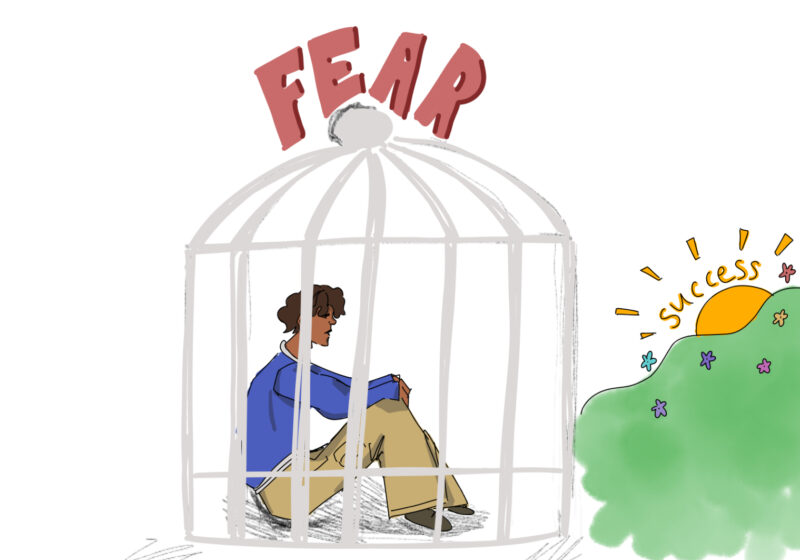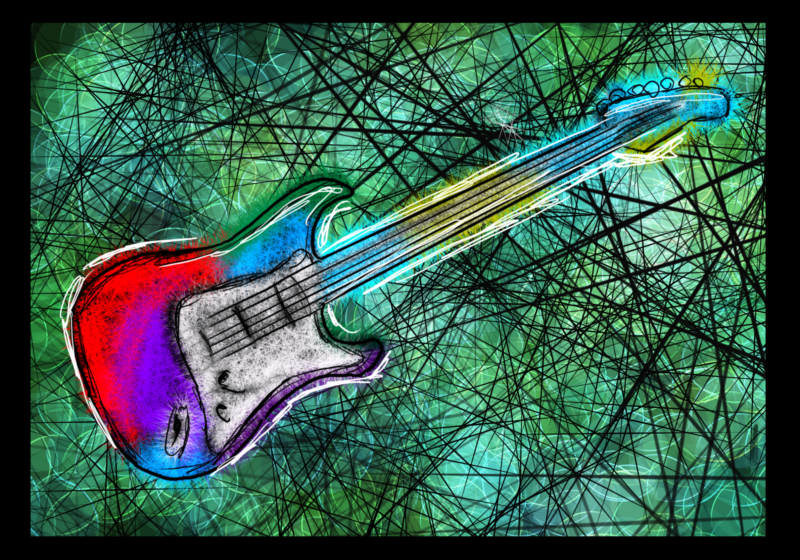Those who were lucky enough to get a ticket to MELA on April 9 in Strong Auditorium were treated to an entertaining and educational afternoon of South Asian culture. The sold-out show, put on by ADITI, boasted nearly 100 performers of all ages, both from UR and the Rochester community.
ADITI used a variety of techniques to help educate the audience about South Asian culture. Besides the more traditional approach of educating through performance, they also used the MCs.
Senior Maithili Jha tried to prepare senior Hisham Rifaey to meet her traditional Indian mother. In order to do this, he had to learn about different aspects of South Asian culture, which they discussed between performances. While this idea was clever, it could have been executed better to teach the audience more about Indian culture.
The performances were kicked off with a fashion show, showcasing traditional Indian fashion. For the women, this included saris, lenghas and salwars. The men sported traditional kurthas as well as contemporary suits.
Then the real highlight of the show, the dancing, got started. Students from Asian and other ethnic backgrounds performed the traditional South Asian dances.
A popular theme for the afternoon was Bollywood, India’s version of Hollywood, which produces more movies annually than Hollywood. Many of the dances, including Dhoom Machale, Naach Baby Naach and Aankho Ki Jaadu were performed to songs from popular Bollywood movies.
In contrast to the more modern dances were three very traditional South Asian dances. The Goan Konkani Folklore dance was a dance of the fisherwomen of Goa, which is a southern tropical area of India. The Nepali Dance was a flirtatious dance between young village boys and girls of the Himalayan Kingdom. Garba Ni Maja was a traditional Gujarati dance that is performed to celebrate the nine day longfestival.
ADITI also hosted some guest performers at MELA. The Sihir Bellydance Ensemble entertained the audience with their premiere performance. The recently formed group gave an interesting demonstration of this unique style of dance, which originated in the Middle East.
Twelve-year-old Rohan Virdee sang a Hindi song called “Jyote Se Jyote Jalate Chalo,” which translates to “keep lighting lights.” He was accompanied by the harmonium, which is a reed organ, and a tabla, comparable to a small set of drums. Also, a local youth Bhangra group gave a performance of the Bhangra style of dancing, which is considered the most popular folk dance of the Punjab.
ADITI’s own bhangra group was not to be outdone, though. They ended the show on a high note, giving an excellent, high-energy performance. Bhangra is always an audience pleaser, but overall, all of the dancing was entertaining.
One part of the afternoon that was not at all entertaining was the video clips that were shown between the live acts. The spoofs of “Punk’d” and “The Ali G Show” were not funny, lasted way too long and had nothing to do with South Asian culture. These clips could have been cut in order to make the entire show shorterthan the difficult to tolerate three hours.
Excluding the events between dances, MELA was highly entertaining and educational, in the “you’re having so much fun you don’t realize you’re learning” kind of way.
Geswein can be reached at hgeswein@campustimes.org.






